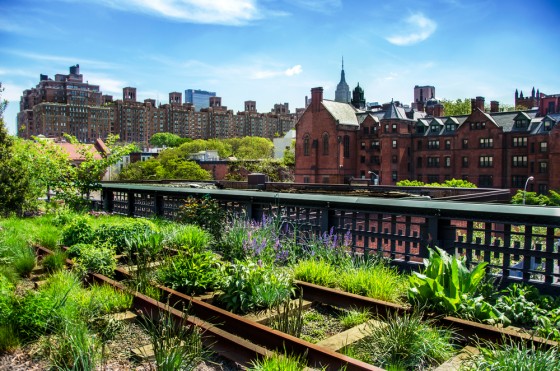
With escalating risks and uncertainty around the globe, cities are challenged with understanding and circumventing those risks to stay vital. Much as in the business world, municipalities are moving towards resilience—the capability to survive, adapt and grow no matter what types of stresses are experienced.
Recognizing that they have much to offer each other, communities and businesses are often working together to pool their experience and knowledge. Helping to foster this is a project called the 100 Resilient Cities Challenge, funded by the Rockefeller Foundation. The project has selected 100 cities around the world and provided funding for them to hire a chief resilience officer.
“Resilience is a study of complex systems,” said Charles Rath, president and CEO of Resilient Solutons 21. He spoke about resilience and his experiences with the 100 Resilient Cities Challenge at the recent forum, “Pathways to Resilience,” hosted by the American Security Project and Lloyd’s in Washington, D.C. “To me, resilience is a mechanism that allows us to look at our cities, communities, governments and businesses almost as living organisms—economic systems that are connected to social systems, that are connected to environmental systems and fiscal systems. One area we need to work on is understanding those connections and how these systems work.”
Rath said that cities that have successfully implemented innovative resilient solutions have been able to “identify and communicate co-benefits. If you do some research around those jurisdictions that received funding, you’ll see interesting strategies that address their risks, but also have added economic, social and other co-benefits.”
Examples were evident after Hurricane Katrina and Superstorm Sandy. “Those communities that were able to bounce back quickest were those that had strong, socially cohesive societies. We also know that social cohesion drives economic activities in urban areas as well,” he said.
One of the first projects he worked on for the Resilient Cities Challenge was with the city of El Paso. “It is in the southwest and excessive heat is an issue they are dealing with,” he explained. “They have many parts of the city that see significant spikes in temperature, which leads to asthma, increased cooling costs and the list goes on. It’s projected over the next 70 or so years to increase 7 to 10 degrees, so it’s a big problem.”
To address the issue, he researched the issue and met with El Paso’s city manager. “We were able to pinpoint all of the different areas in El Paso where there is heat island effect,” he said. “We could tell what degree it was and roughly what was causing it.”
Causes for the escalating heat proved to be a lack of reflectivity, impermeable surfaces and lack of green space. “But it was at the point where we told him that he was costing the city about $150 million a year in increased cooling costs—because we were able to isolate the building outlines in the downtown area—that he began to pay attention,” he said. “Then we also showed him areas of the city where there was increased heat island effect where there was a significant amount of concrete. There were also a large percentage of children in the area who didn’t have access to parks.”
A solution for both dilemmas could be achieved by “transforming those vacant lots to pocket parks so that kids could have access to playgrounds.” he said, adding, “Those types of solutions with multiple co-benefits are an important element of what we are doing and this encouraged us to explore that.”
